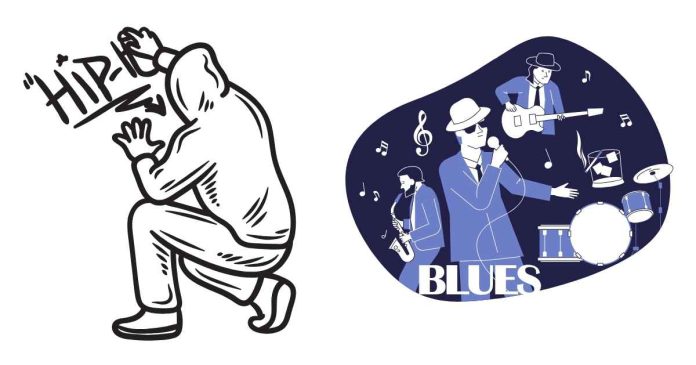When you think of hip hop or rap, you might picture fast rhymes over heavy beats, but its roots trace back to a surprising ancestor: the talking blues. Originating in the early 20th century, talking blues was a storytelling style of folk music popularized by artists like Woody Guthrie. It used rhythmic speech over simple guitar chords to convey stories, humor, or social commentary—sound familiar?
Hip hop and rap grew from a similar tradition of rhythmic storytelling, but instead of guitars, they rely on beats and turntables. Both genres focus on delivering messages—whether political, personal, or cultural—in a way that resonates with the listener. Like talking blues, rap often emphasizes clever wordplay and improvisation, making each performance unique.
In essence, both talking blues and hip hop are about communication. They’ve been tools for marginalized voices, a way to speak truth to power and share stories that need to be heard. While the sounds have evolved, the spirit of rhythmic, impactful storytelling remains the same.
The connection between talking blues and hip hop lies in their shared roots as art forms that combine rhythm, storytelling, and social commentary. They may differ in sound, but their purpose is strikingly similar.


